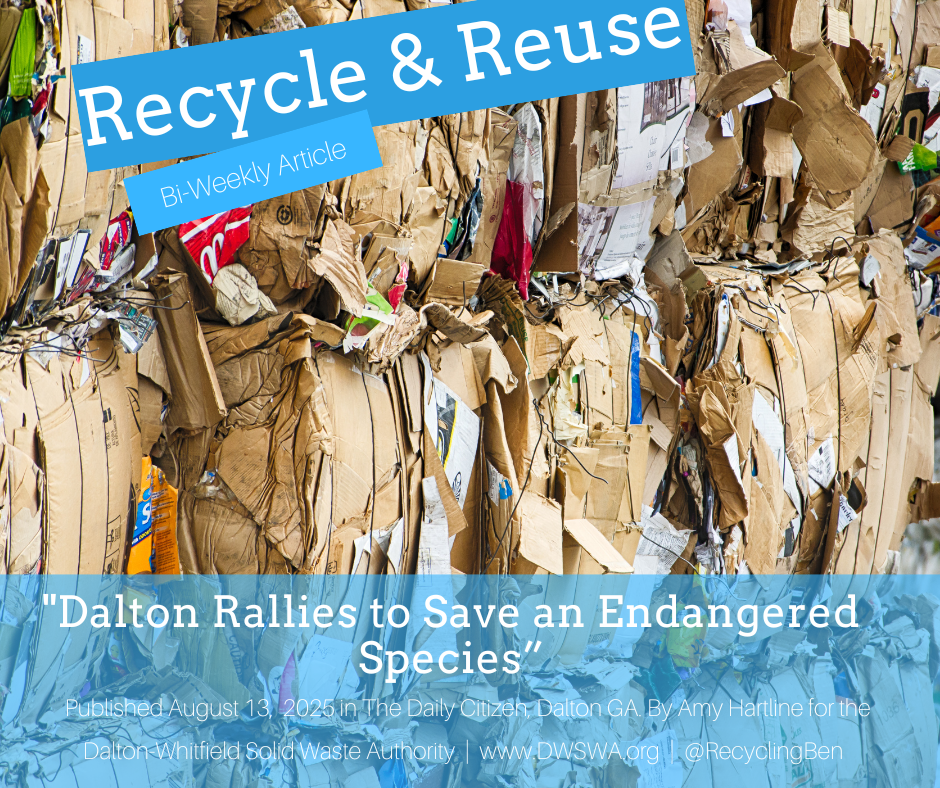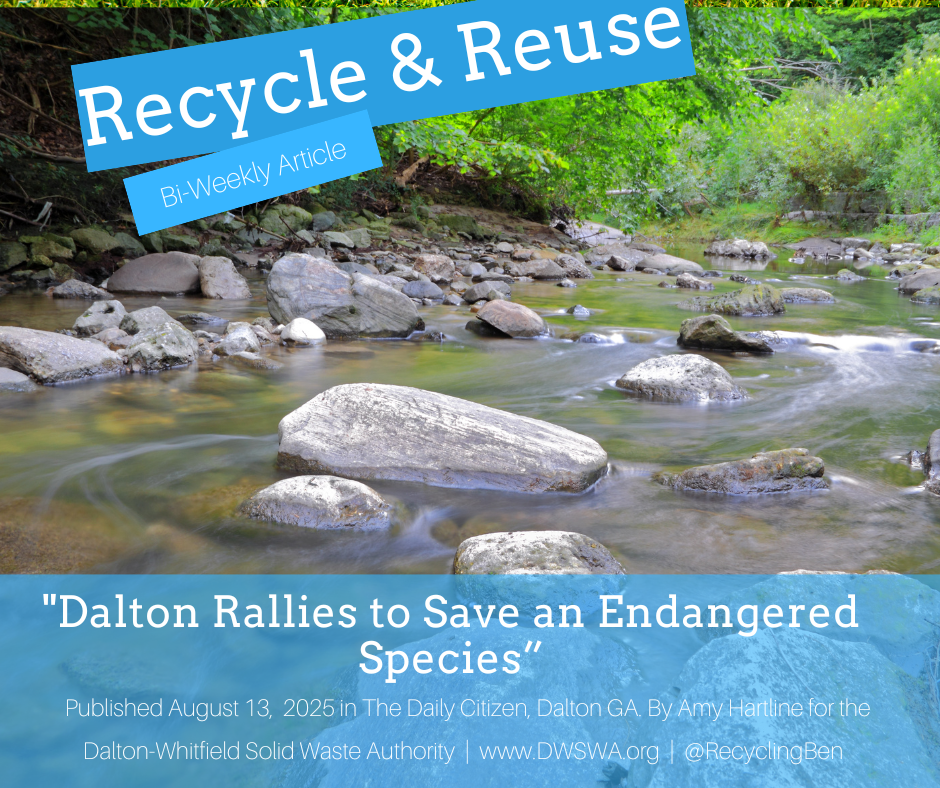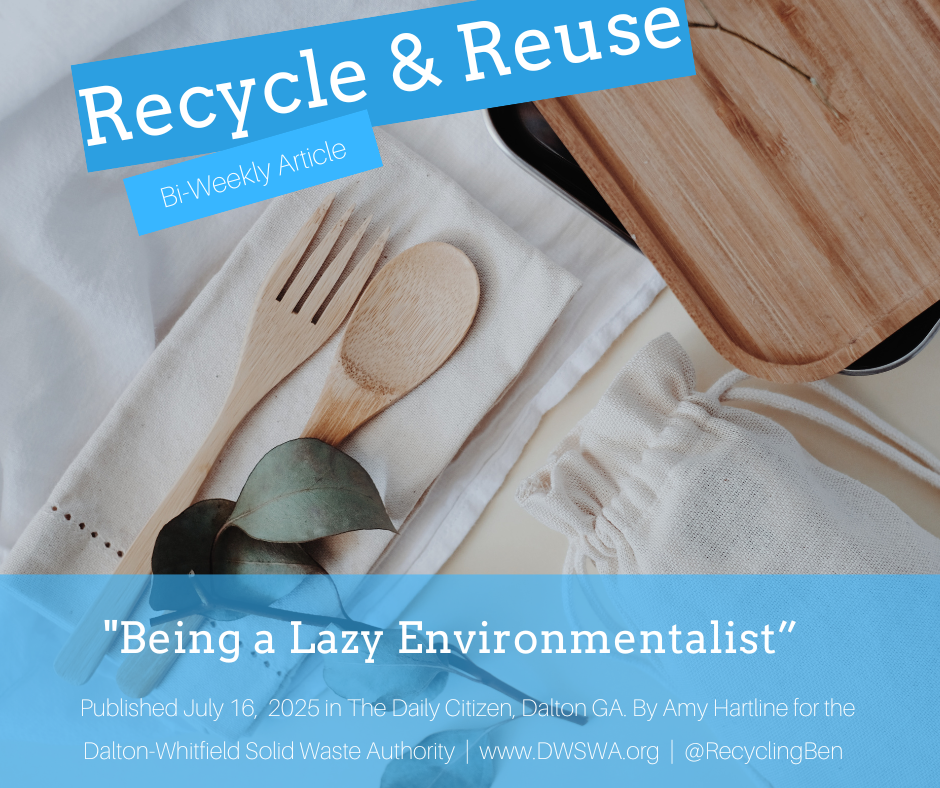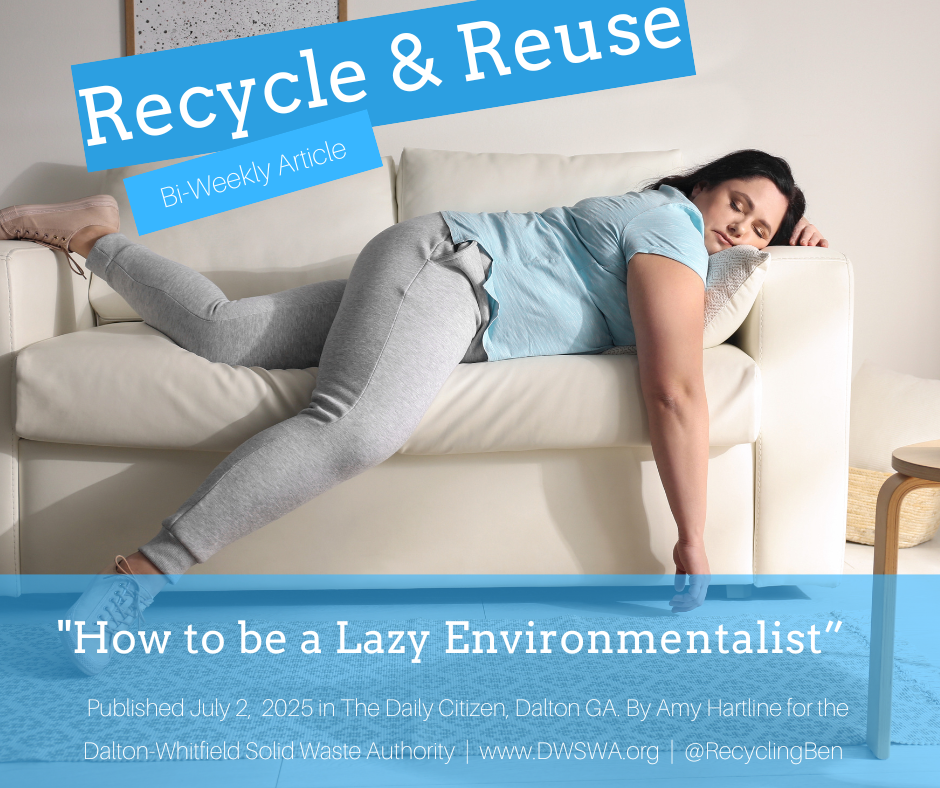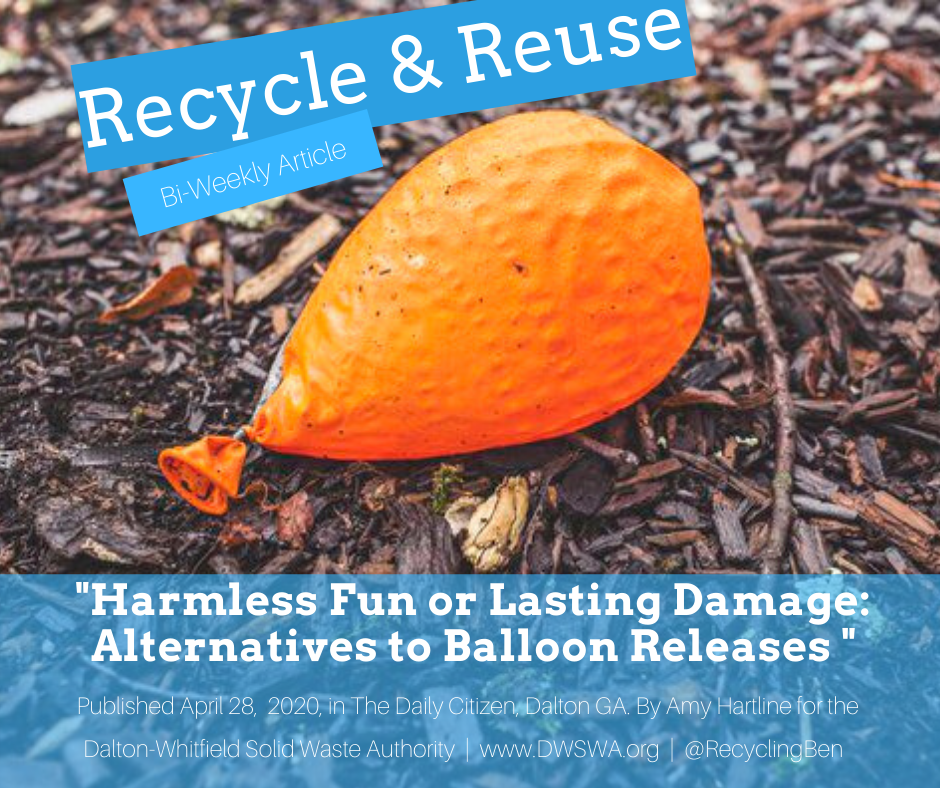Harmless Fun or Lasting Damage? Alternatives to Balloon Releases
/We are all looking for ways to celebrate events happening during this time through ingenuity and creative methods. Parents are decorating their doors for their high school seniors. My brother and I celebrated his 18th birthday by playing a video game online together complete with in-game cake and presents. But we have to be considerate when choosing what ways we celebrate.
One of the methods of celebrating that has been used before this time and during is balloon releases. These seem like harmless fun while watching colorful balloons soar into the air, but they can have little-known, lasting consequences.
By far, the largest problem balloon releases cause is animal ingestion. Balloon litter is the No. 1 killer of seabirds. While that may seem like it isn’t a problem here in Northwest Georgia, balloons can travel for thousands of miles. Seabirds are also not the only animals that can die from balloon ingestion of our animals here such as turtles, dogs and birds. It isn’t just wildlife either. The popular Red Nose Day celebration included a balloon release by some students in 2011 and caused the death of a cow being raised on a local farm.
The balloon ingestion causes death by blocking the path to their stomach or intestines causing the animal to starve to death. If they don’t ingest the balloons, they may become entangled in the strings on the balloon.
Unfortunately, in the same way, that cigarette companies tried to tout that cigarettes were a healthy choice, balloon companies are able to label their balloons as “biodegradable.” This label still means that it will take years to decompose and they will certainly end up in our waterways, trees or power lines before that happens. You can conduct this experiment at home. Take a “biodegradable” balloon and mix it with some dirt and fallen leaves in a Tupperware box with a few holes punched in it. This will simulate the environment it will land in. Mark the date that you put the balloon in on the outside and see how long it takes for the balloon to decompose.
The U.S. Fish and Wildlife services and many National Audubon Society chapters have urged people to cease balloon releases as more studies have been released about the wildlife impacts and pervasiveness of the problem.
Just because we can’t do balloon releases doesn’t mean we can’t have fun! Here are a few alternative choices:
• Floating flowers: Have each participant bring some locally grown flowers to a nearby river or stream and send them gently floating down. This creates a beautiful photo and memory. It can be a beautiful way to celebrate or honor a loved one.
• Kites: If you still want to keep everybody looking up, go fly a kite! Kite flying events used to be more popular and they have started taking off again. Potentially due to the newer Mary Poppins movie. This can create a beautiful spectacle in the sky and you have more control of where the kites end up making sure they don’t impact the wildlife.
• Candlelight vigil: A great option for our current routines. A traditional candlelight vigil can be truly magical. Having people gather (6 feet apart!) and each light a candle at the same time creates a stunning sense of unity especially if combined with music.
• Bubbles: While one person blowing bubbles might not have too much of an impact, a whole group sending them out from different locations can be a fun way to celebrate and create a big show. Add some giant bubble wands to the mix for maximum fun.
These are only a few of the potential options to avoid the use of balloons. And remember, while released balloons can be major litter problems, weighted balloons that you can dispose of properly can still be used without endangering the animals all around us. The next time you need to think about a different kind of celebration, consider a few of these eco-friendly options.
Amy Hartline is the recycling and education program coordinator for the Dalton-Whitfield Solid Waste Authority. Have a recycling question? Contact her at (706) 278-5001 or at ahartline@dwswa.org.


